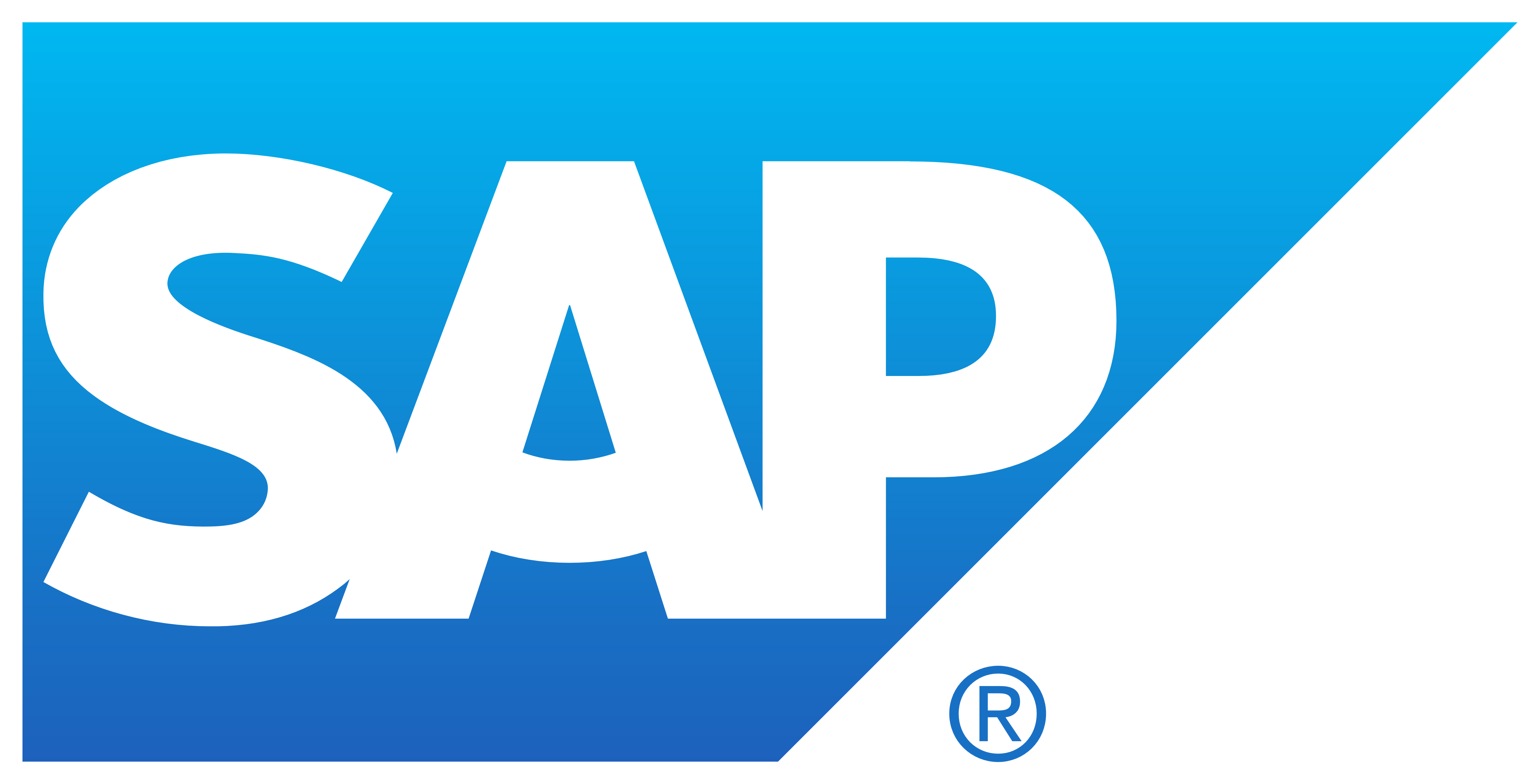| Licensing model |
Traditional licensing |
Subscription |
| Cost (implementation) |
It is more costly because of the need for additional hardware and/or software. |
The price is comparatively lower. |
| Implementation time |
Requires more cost and time (because of additional hardware or software) and qualified personnel to build a new environment. |
Shorter due to the ready-made platform used by the cloud version. |
| Functional scope |
Full ERP scope. |
Key industrial and embedded ERP scenarios. |
| Customization |
Due to system flexibility, there are many opportunities for customization. |
Customers have on-premise extensibility with in-app and side-by-side extensions, code enhancement, and modifications. |
| Scalability |
Long-term planning and extra resources are required. |
To scale the system up or down is easier, faster, and cheaper. |
| Upgrades |
You
decide how often to upgrade your system and define the schedule of
software upgrades in case your business processes require new SAP
features and innovations.
|
You have less control over system upgrades.
Your provider informs you about the impending upgrades in advance, and you can choose the
timing and functionality.
|
| Maintenance, support |
The system is supported by in-house IT specialists. |
The provider is responsible for the system maintenance. |
| Infrastructure |
Customer's Hardware |
SAP Data Center or Hyperscale |
| Who manages the system |
Customer |
Provider |
| Security |
You need security experts and often additional security software to support on-premise system security. |
The provider has all the required tools to ensure the customer's system security. |
